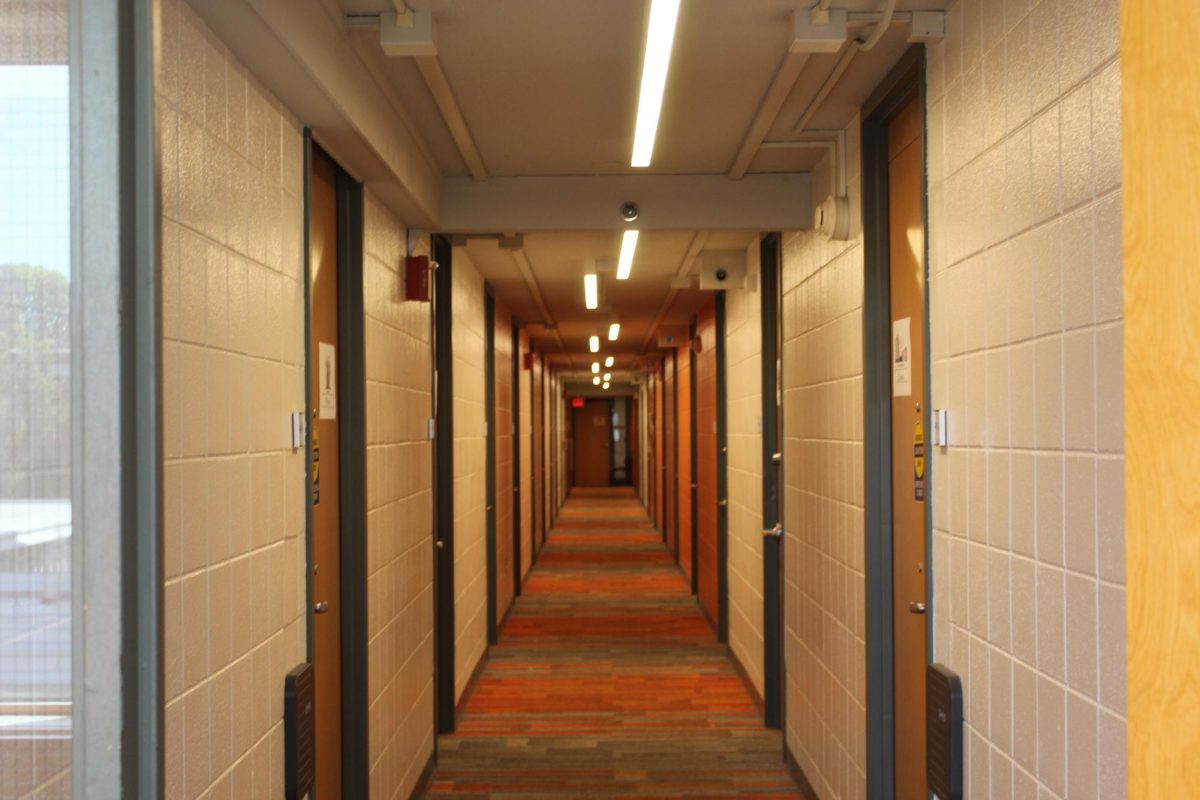Last updated on Aug. 28, 2024 at 09:36 p.m.
As the new school year starts, it is important to note that first-year students are most susceptible to dropping out of college. According to Education Data from 2023, first-time undergraduate students who were full-time had a dropout rate of 24.1% within the first 12 months. Furthermore, in the fall semesters of 2021 and 2022, 28.9% of all first-time undergraduate full-time students dropped out of college.
In other words, one in four students will not complete their college education.
The biggest reasons for the cause of dropout is due to financial trouble and mental health, according to U.S. News.
College costs, in general, have been on the rise. The average annual tuition in 2024 for a private non-profit college is $41,540, an increase of $1,600 from last year. For public in-state college, tuition is around $11,260, an increase of $270 from last year. These increased prices along with student loans have people questioning the return on investment for a college degree.
Get The Daily Illini in your inbox!
Along with the alarming prices of college tuition comes the mental toll that college students have to go through. According to the American Psychological Association, over 60% of college students meet the criteria for at least one mental illness. Furthermore, over 40% of students in an undergraduate program considered dropping out over mental health concerns.
The main reasons for this mental health crisis have to do with students managing multiple tasks at once, forming relationships and adjusting their lifestyle amidst factors such as school work, family turmoil, social injustice and mass violence.
However, there is an upward trend in more access and priority to mental health resources, where the number of college students using campus counseling increased by 40% between 2009 and 2015, with that number increasing further after the COVID-19 pandemic.
Many schools, such as the University of Illinois, have increased the number of resources for students with concerns about mental health and academics. For those struggling academically, they can attend faculty office hours or workshops to improve their writing or goal-setting skills. For those students struggling mentally, there are professional counselors who can help them recover.
Furthermore, we are seeing an upward trend of colleges relying on faculty to not only teach but to help identify students in pain. At the University of North Carolina, over 900 faculty received training for Mental Health First Aid to support students with mental health issues. Part of the training is recognizing negative changes in student behavior that indicate students struggling.
Students can also find more opportunities to pay for college without using loans. Applications such as the Federal Application for Financial Student Aid, or FAFSA, use the family’s income to estimate the amount of federal aid received, additionally, there are websites like BigFuture that have a list of scholarships you can apply for.
For more information on mental health, visit the McKinley Health Center’s website.





